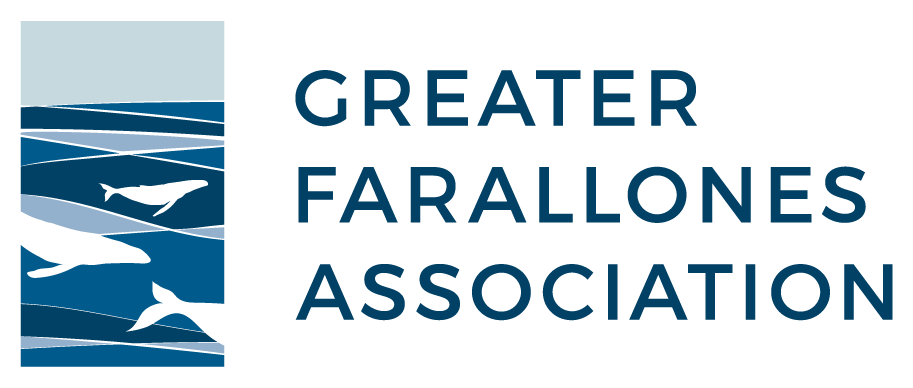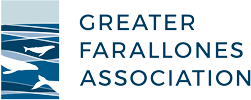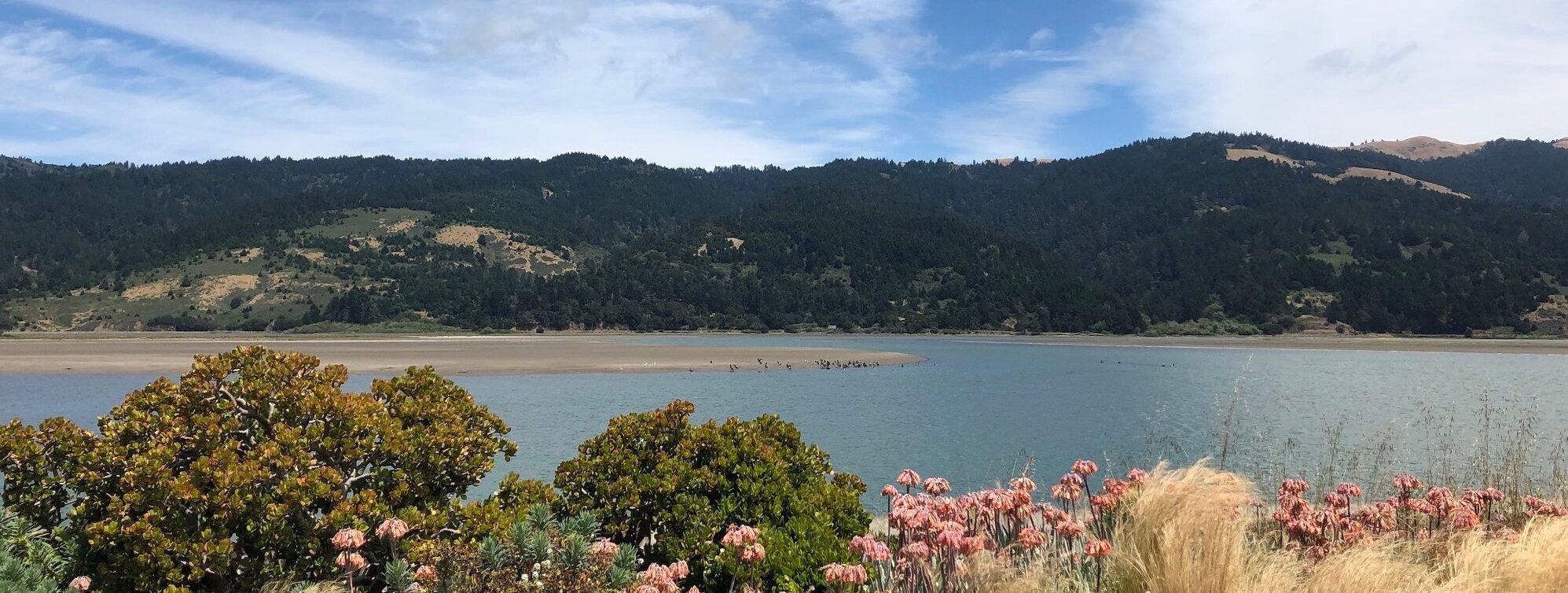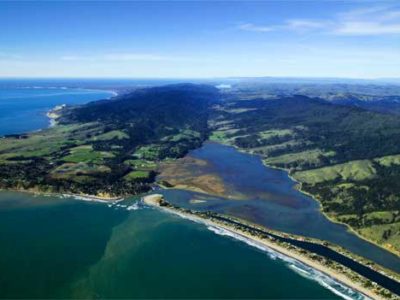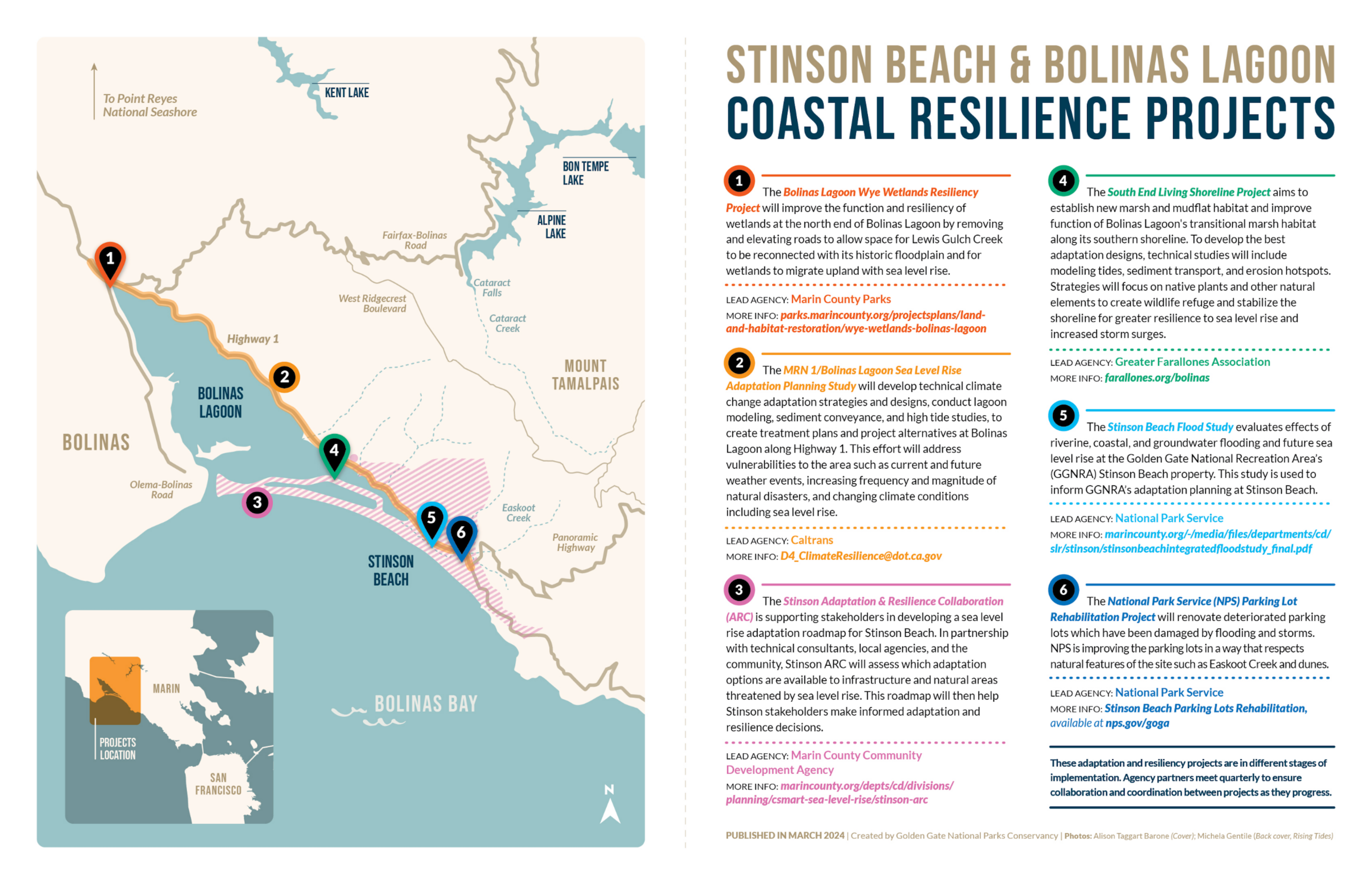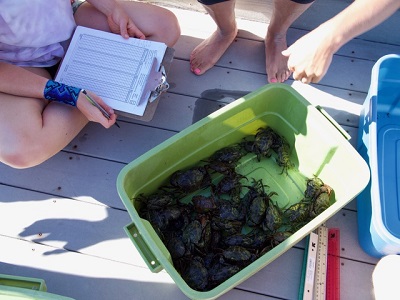Bolinas Lagoon is a world-renowned tidal estuary with unique habitats and ecosystem services that support wildlife and people. Due to historical impacts to the lagoon and worsening climate change impacts, there is a great need to support the natural resilience of the lagoon’s habitats through targeted conservation and restoration projects. Greater Farallones Association works in partnership with Greater Farallones National Marine Sanctuary to implement a holistic ecosystem approach to restoration of the Lagoon with a shared vision of sustainability and resilience. The 2008 Bolinas Lagoon Ecosystem Restoration Project: Recommendations for Restoration and Management (Locally Preferred Plan), developed through a working group of scientists, local stakeholders, environmental groups, and state and federal agencies, guides these efforts. Together, GFA and its partners prioritize and implement projects from the Locally Preferred Plan to protect the lagoon’s current resources and strengthen its resilience and adaptability to future changes.
For over ten years we have worked to implement projects and, thanks to support from local Stinson Beach, Seadrift, and Bolinas communities, we continue to achieve significant restoration success. Learn about our South End Living Shorelines Project and other Bolinas Lagoon and Stinson Beach Coastal Resilience Projects below.
For more information about the program, visit Past Lectures and Meetings and read previous issues of the Bolinas Lagoon Bulletin.
